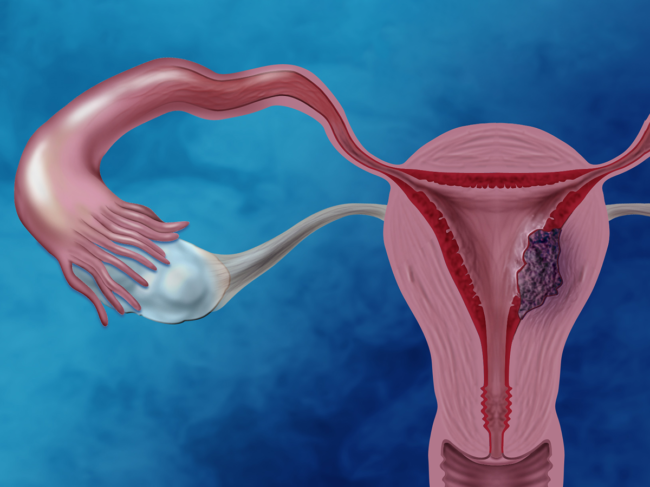
Conferences, BioWorld Science
Neurology/Psychiatric
New murine model resembles human phenotype for Becker muscular dystrophy
Read MoreNeurology/Psychiatric
Brain-penetrant TYK2 inhibitor shows efficacy in models of neuroinflammation
Read MoreNeurology/Psychiatric





